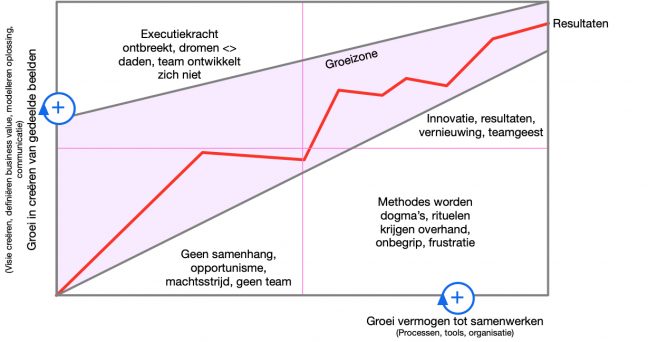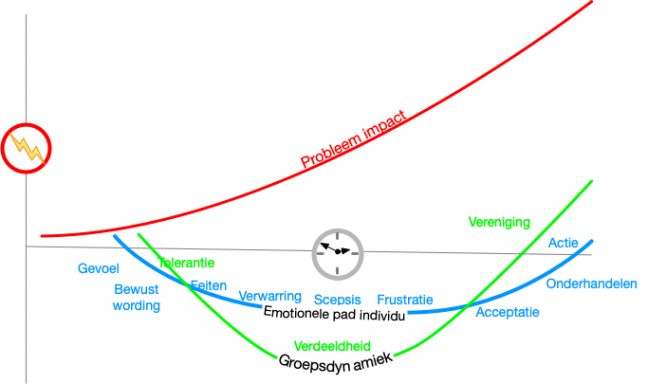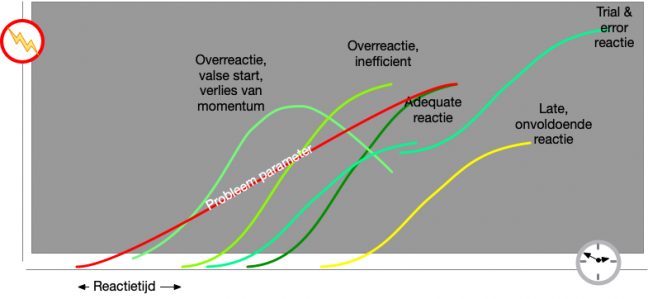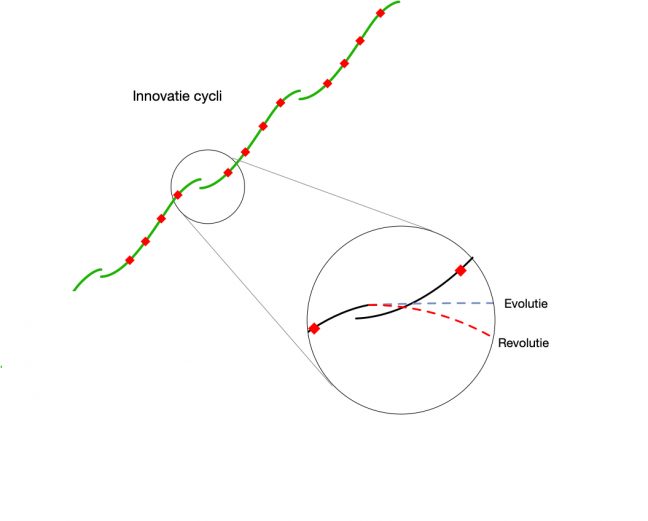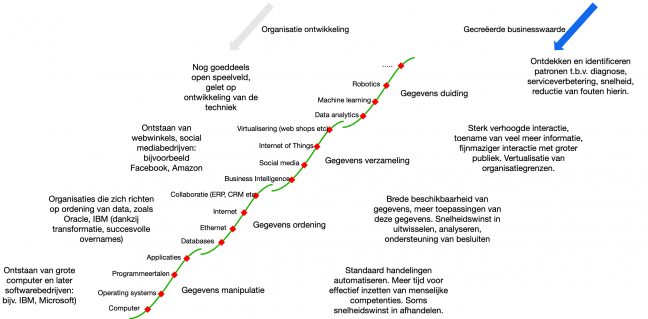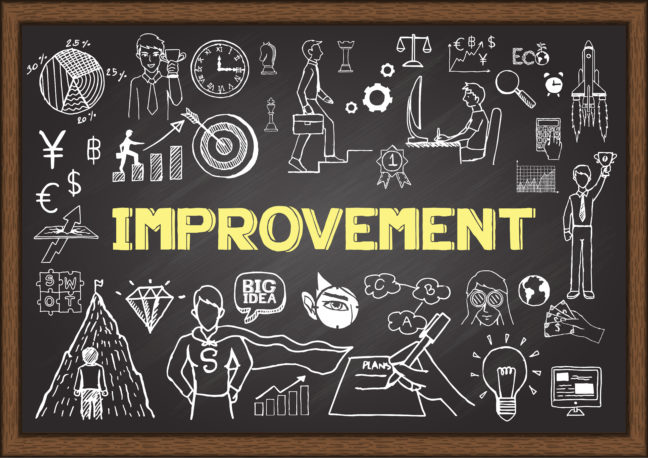During my career I have seen come and go a lot of models aimed at improving the performance of IT. CMMi, Prince2, Scrum, SAFe, to name a few. What strikes me more and more is the huge differences in effect these models have, even between teams of the same organisation. Some teams are enlightened and show a huge boost in performance, while other teams successfully adopt new terminology and rituals but don’t show any real improvement.
Looking at all the cases I identified some aspects of models and the implementation of changes in general that influence the rate of adoption.
First the models. I think it is important to realise that models are not inventions, laws or recipes for improvement. They also don’t describe things that weren’t there before. Models are a visualisation of best practices, experiences and visions of a community: good ideas get a name. They provide a language to share this, regardless of organisation or country borders. One should realise that in general there is no scientific or statistical evidence. To speak with Edward Deming: “all models are wrong! Some are useful”.
All models are abstractions. This means aspects of reality are left out of the visualisation with the assumption they are stable or are irrelevant for the purpose of the model: a certain improvement. Question is whether this is true. In my experience a lot more aspects play a role, then visualised in the model.
Besides that, models have a number of assumptions. Adherence to these underlying assumptions determines whether the model is used effectively. So lets elaborate on these assumptions.
The first assumption is that anyone fully understands the model, mostly after a training. Just looking at the eternal discussions on the definition of requirements, makes this a weird one. Terminology and abstractions get meaning by using them. Sharing thoughts with each other is the most effective way to create this meaning. By definition, this makes it team, tribe or organisation specific.
Another assumption is that level of maturity of all involved has no influence on the ability to change processes using the model. This is a strange one too. I think this can be explained best by relating this to the third assumption.
The third and most striking assumption is that implementing a new way of working changes behaviour, which will finally lead to changing believes: the prerequisite for effective change. Changing of believes however is a slow process and depends on more then what is defined in the models. I already mentioned the abstractions and the level of maturity.
A beautiful illustration of the importance of believes is the agile manifesto. In a number of statements it makes clear what the believes should be. I think they are very appealing. However, there aren’t much organisations who make these beliefs the cornerstone of change, for example while implementing a scrum way of working. Discussing beliefs I think would be a beneficial shortcut to improvements.
Improving performance includes many factors which makes it complex. Consultants and managers alike, endorse the statement that it is all about people, their believes, their culture. Given what I stated above I suggest to give the improvement process back to these people. Don’t tell them we are gone use this model or framework. Ask them how using the model can help improve their performance. It creates more empathy, better communication, room for experimentation and prototyping. Leadership required!
